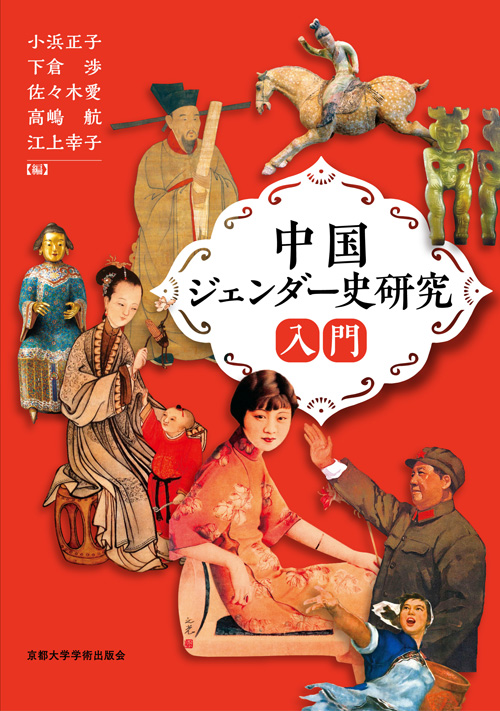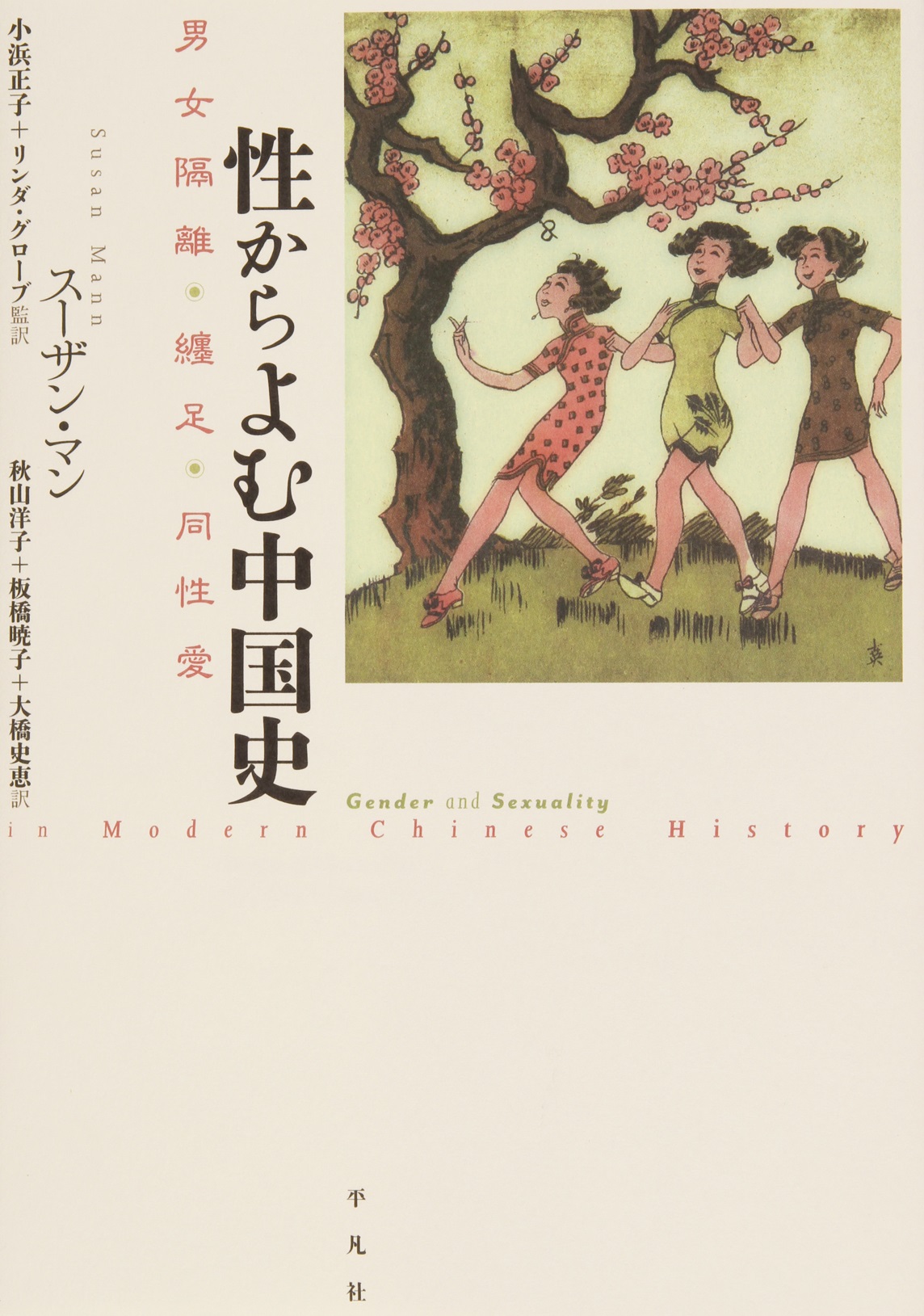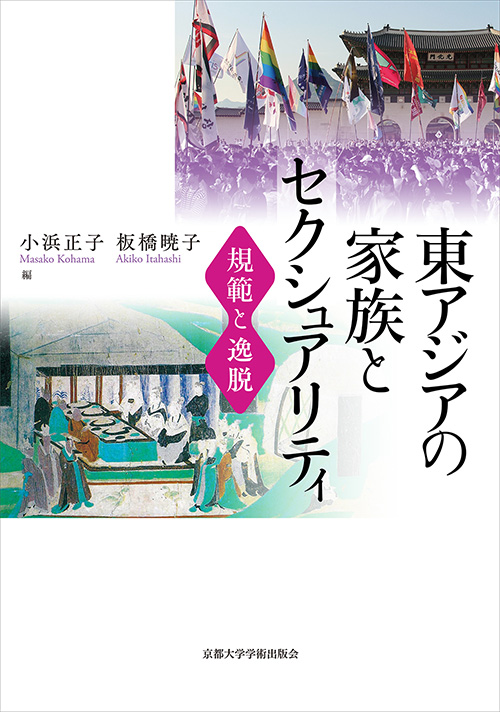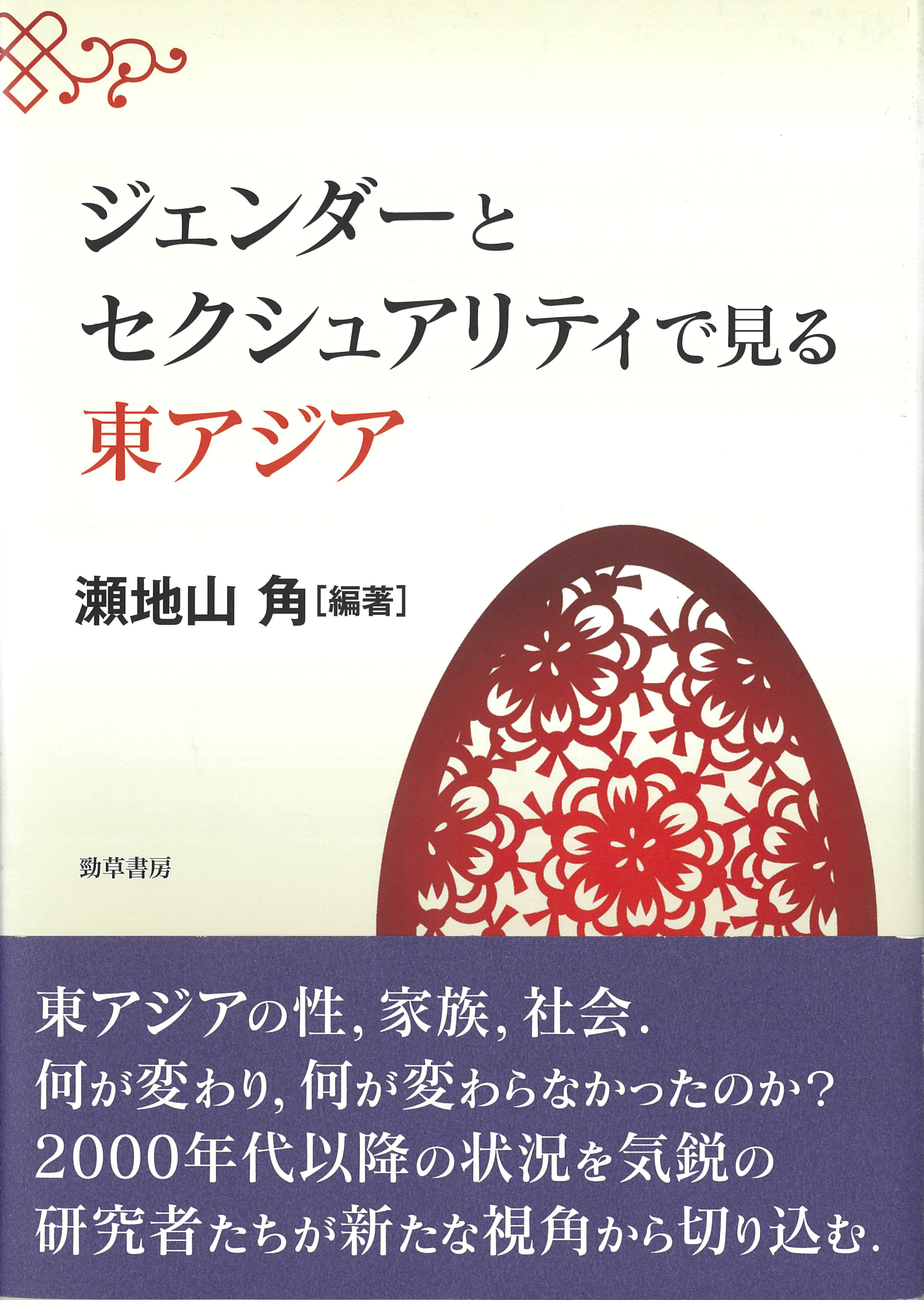
Title
Chūgoku Gender-shi Kenkyū Nyūmon (Introduction to Research on Gender History in China)
Size
496 pages, A5 format, softcover
Language
Japanese
Released
February, 2018
ISBN
9784814001248
Published by
Kyoto University Press
Book Info
See Book Availability at Library
Japanese Page
In recent years, “gender history” as a field of study appears to be gaining wider acceptance within the field of history. Clear evidence of this can be seen in the inclusion of “Gender History” as a volume unto itself in Minerva Shobo’s “Discussion Points: _____ History” series, which has been published since 2020, alongside volumes on Japanese, Oriental, and Western history. Regarding Chinese history, high-level research has been conducted in Japan since before the prewar period, including the area of women’s history, yielding rich results such as Kazuko Ono’s A History of Chinese Women: From the Taiping Heavenly Kingdom to the Present Day (Heibonsha, 1978) (also available in Korean, Chinese, and English versions). In comparison, the establishment of gender history—which is sometimes confused with, but clearly different from, women’s history in that it treats all people living in society as interested parties—has been relatively slow in research studies of Chinese history in Japan.
The collaborative research group led by Masako Kohama, who is also the chief editor of this book, has achieved methodical and comprehensive results in the field—this book being one example of the group’s research activities. In the book’s Introduction, Prof. Kohama defines the “gender mainstreaming of historical research” as “ensuring that researchers pay attention to gender, which strongly influences all aspects of history along with class and ethnicity”. In other words, the “gender mainstreaming”, naturally, does not mean that aspects of history other than gender should be dismissed but rather that gender should be considered as a matter of course, in the same manner as other fields that have been emphasized in conventional historical studies. This is what “enriches both historical research as well as the vision of those who live in the present.”
Built on this foundation, the book’s uniqueness lies, first, in its assembly of experts on almost all periods of Chinese history from the Yin and Zhou dynasties to the present and, second, in its presentation of the latest findings and discussions of research trends in each topic. As stated in the jacket copy, the book was compiled with the aim of being a “must-have introduction to Chinese history for beginners as well as [those studying] in adjacent fields.” As such, the book introduces each topic in a manner that allows readers who are not specialists in the field in question to clearly understand the relevance of the topic—i.e., by asking and answering, “Why is this an issue?”
It should be noted that, since the book’s publication in 2018, traditional Chinese and English versions of the book have also been released. In particular, the Chinese version, titled Bei Maimo de Zuji: Zhongguo Xingbie Shi Yanjiu Rumen [Buried Footprints: An Introduction to the Study of Chinese Gender History] (National Taiwan University Press, 2020), features an “In Place of Preface” written by Taiwan’s Li Jen-der, one of the pioneers of Chinese gender history research in the Chinese-speaking world, that lays out a case for the relevance of the results presented in the book, even in the context of rapid advances in both qualitative and quantitative research in the Chinese-speaking world. It is our hope that this book serves as a useful reference for many readers irrespective of the language.
(Written by ITAHASHI Akiko, Assistant Professor, The University of Tokyo Library System / 2023)



 Find a book
Find a book




